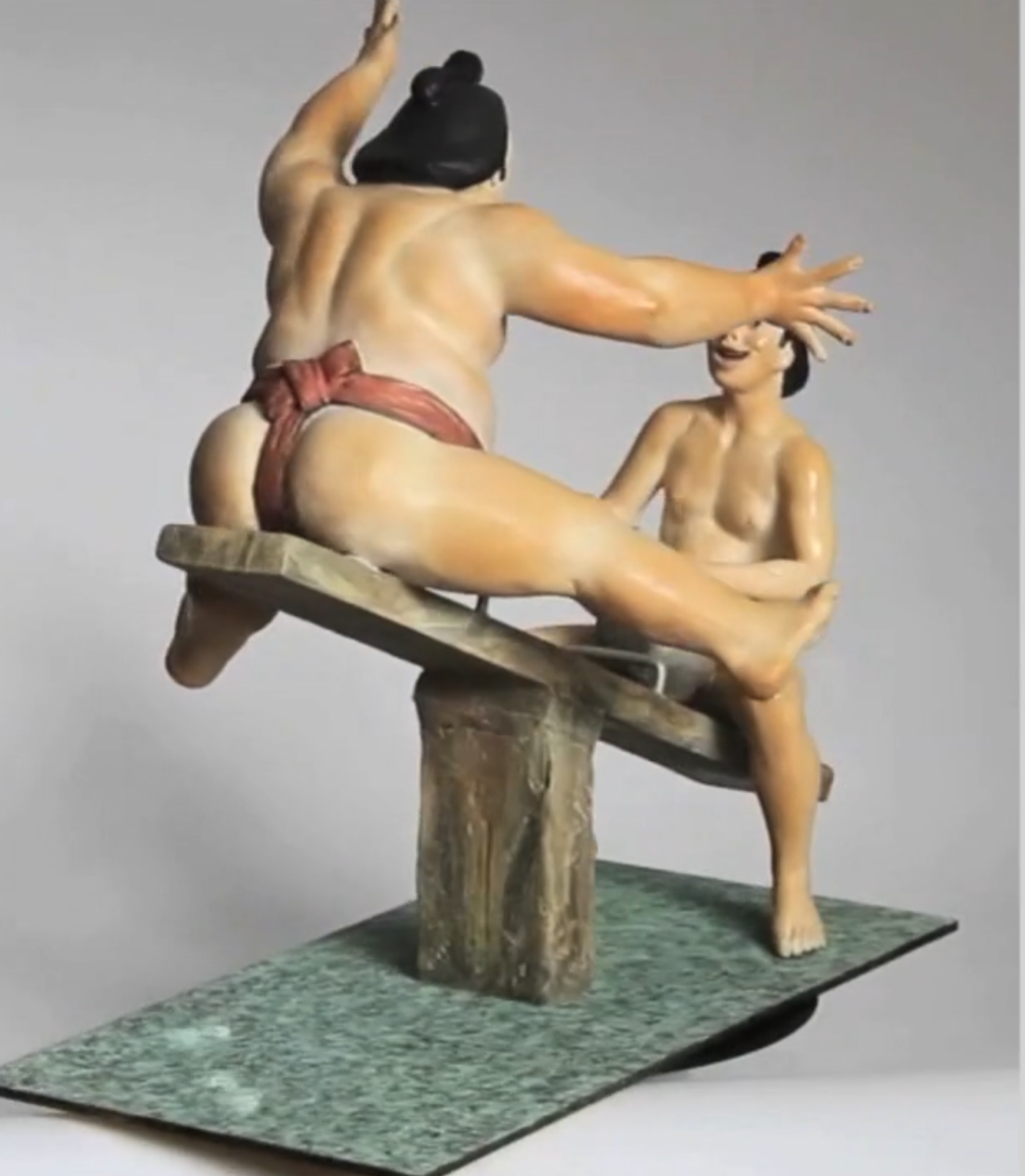Irina Daylene
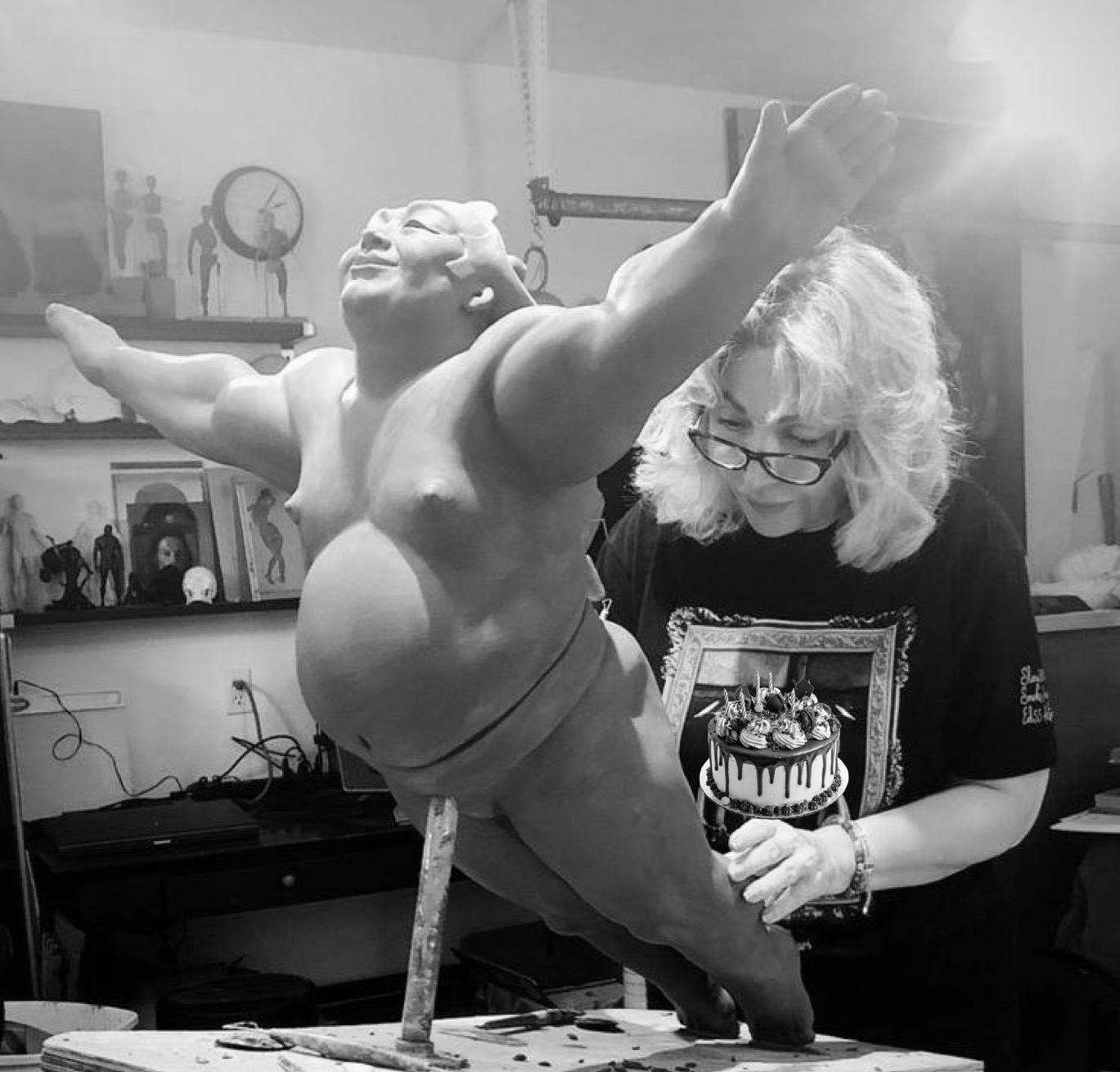
There is almost a droll allure to Irina’s pop art: she employs a combination of iconic sentimentality and humour, her stainless steel, bronze or lucite finished sculptures provoking and embracing commercial ideas. However, her artworks almost satirise ideas of traditions, with a gleeful optimism or obscurity. What caught my attention, her sculptures of what is almost a take on a Barbie doll, defining the nuances of Californian girls, and her Sumo wrestlers. Her work could appear to be a dalliance as if she is toying between popular culture and Fine Art; instead, she is deconstructing conventions: her inspirations mostly inspired by her travels, the perspective of seeing things from a different vantage point, whether she is embracing her own cultural traditions with caricatures from her childhood or leaning into the undoing of convention. She describes her month-long visit to Japan, and learning about the traditions and disciplines of the sumo wrestlers, and the inspiration to turn the physical demands and seriousness of this Japanese martial art on its head. Their lives are highly disciplined, from meals and dress code, which impacts their health, with a low life expectancy. Her skill as a sculptor and the joy and beauty in the human form she admires, with her ability to transport her sculptures of sumo wrestlers into a sense of freedom and fun, doing almost everyday things. Her positive approach in her shiny metallic artworks of overweight wrestlers who are seen skateboarding, surfing and doing anything other than wrestling. It’s this optimistic stance that she embraces, she sees life as a gift and emphasises these blessings with an idea of positivity. She doesn’t escape reality rather welcomes it, taking a viewpoint on something that we may have overlooked. She doesn’t aim to sell her work: it’s about what she wants to say, she tells me, it’s all personal.
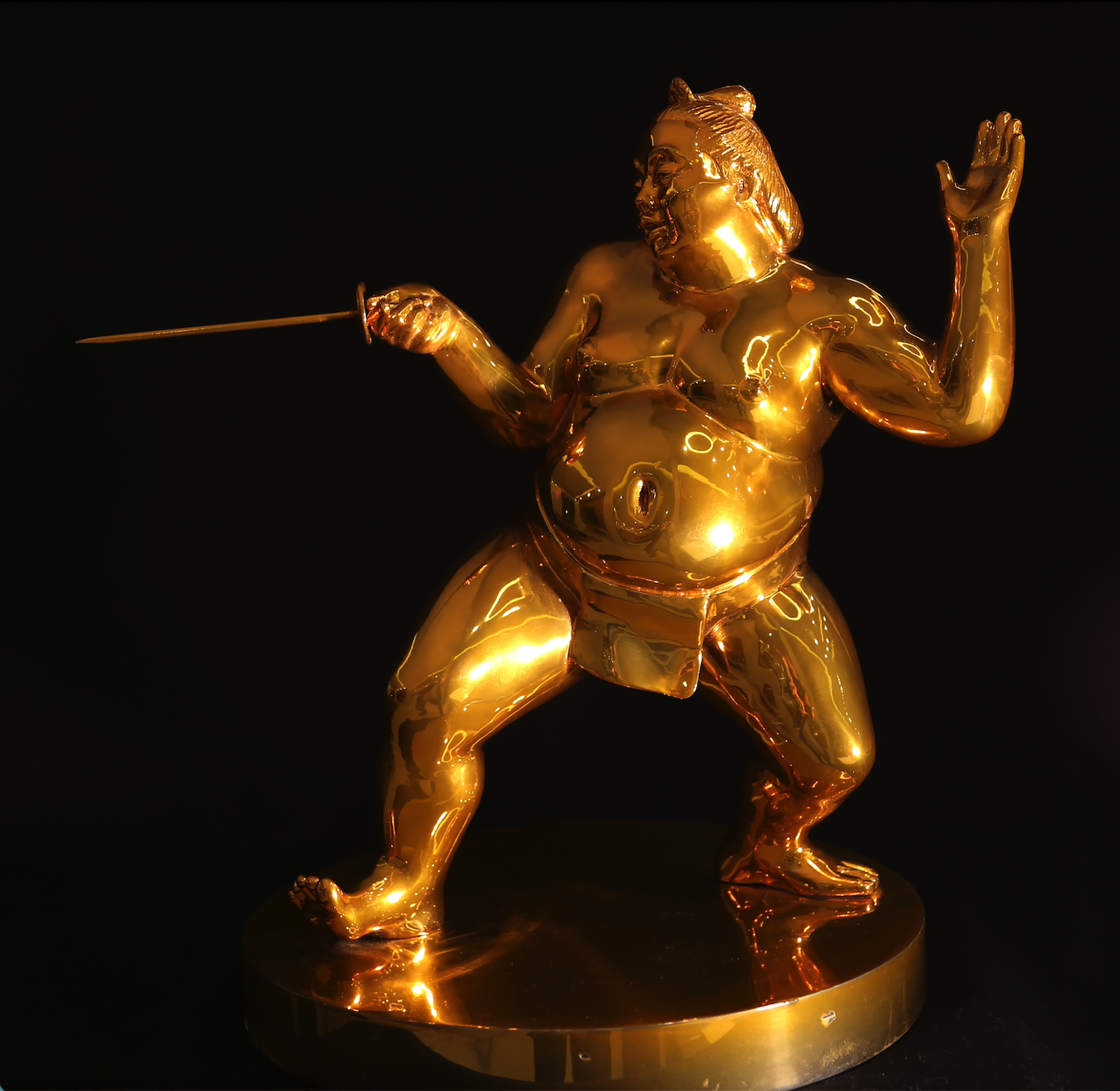
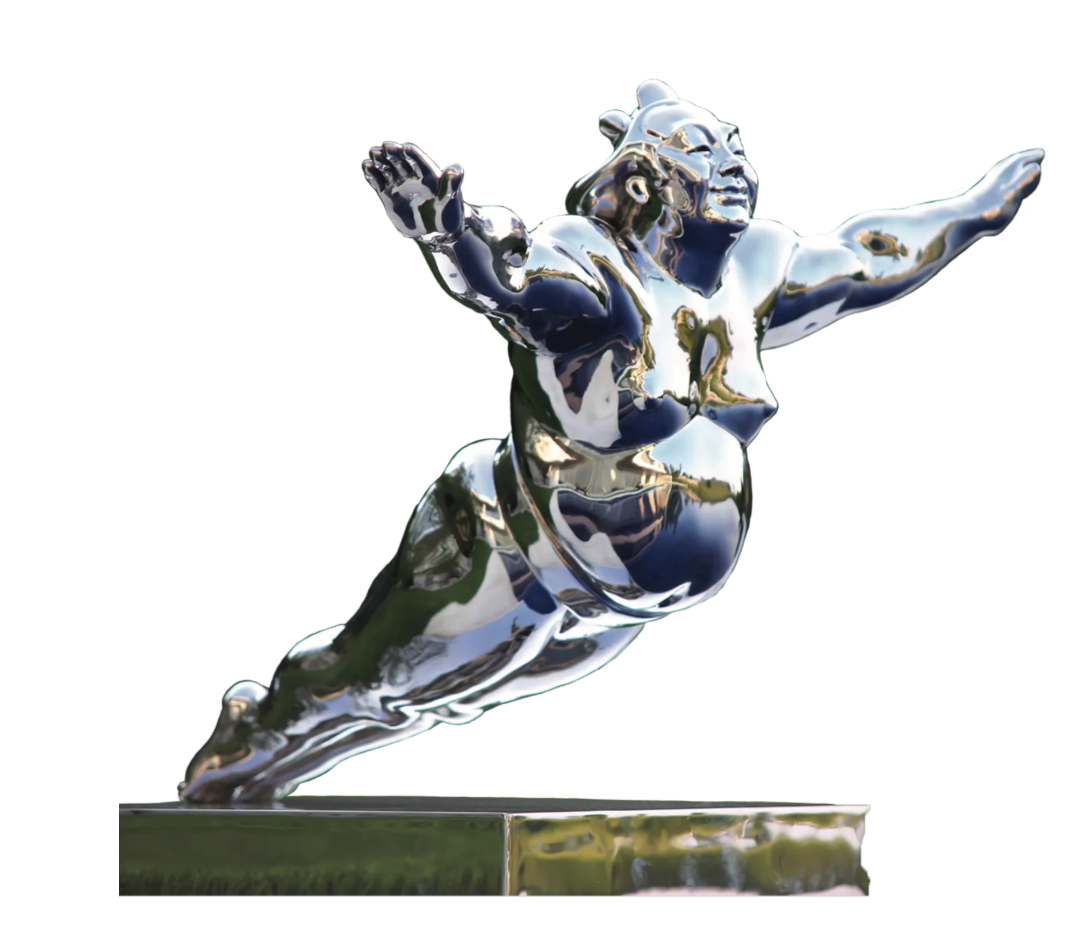
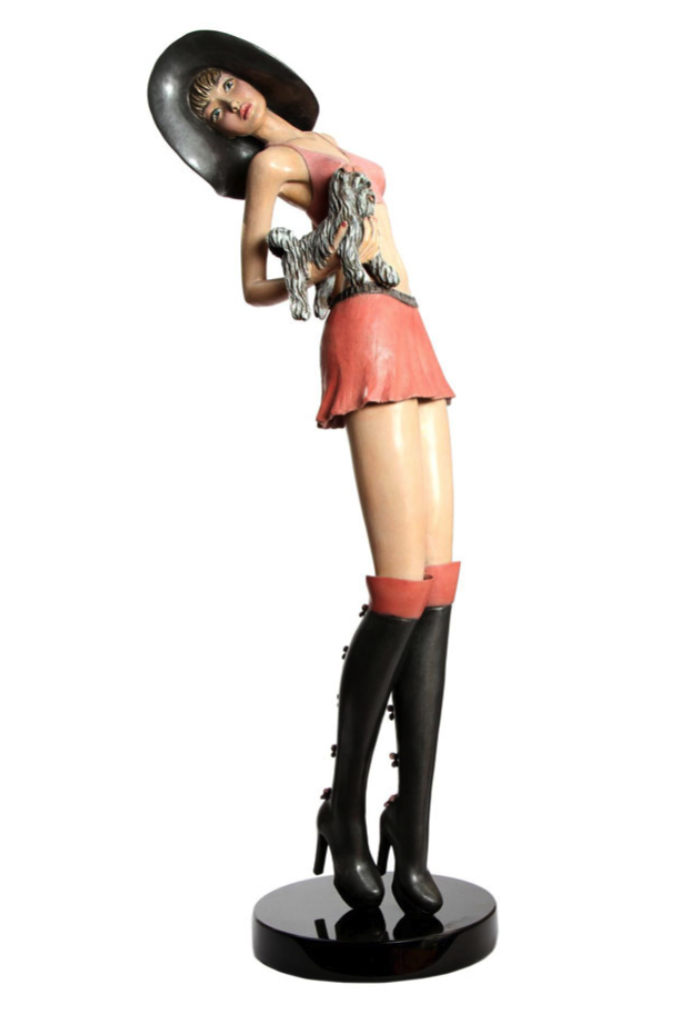
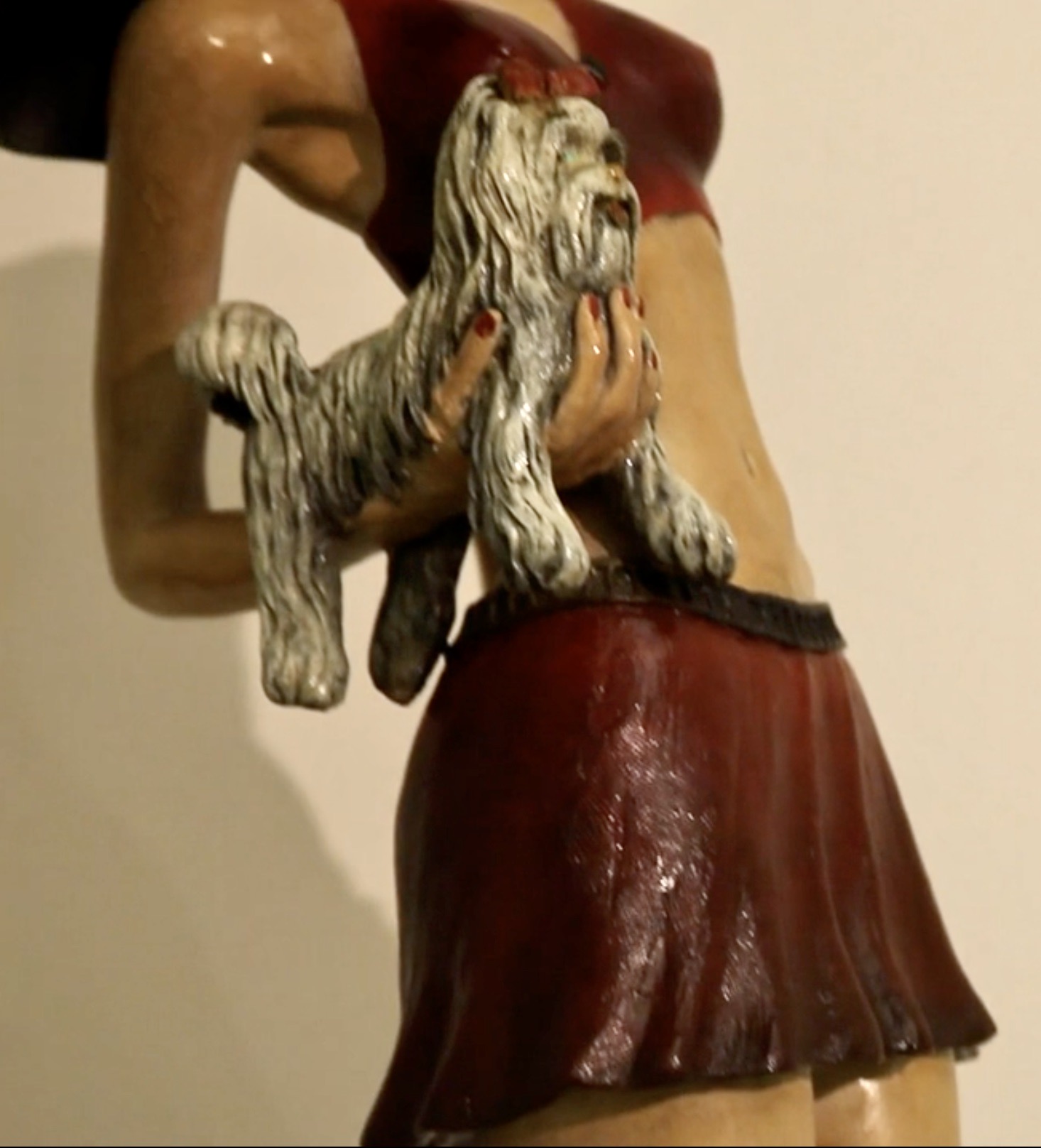
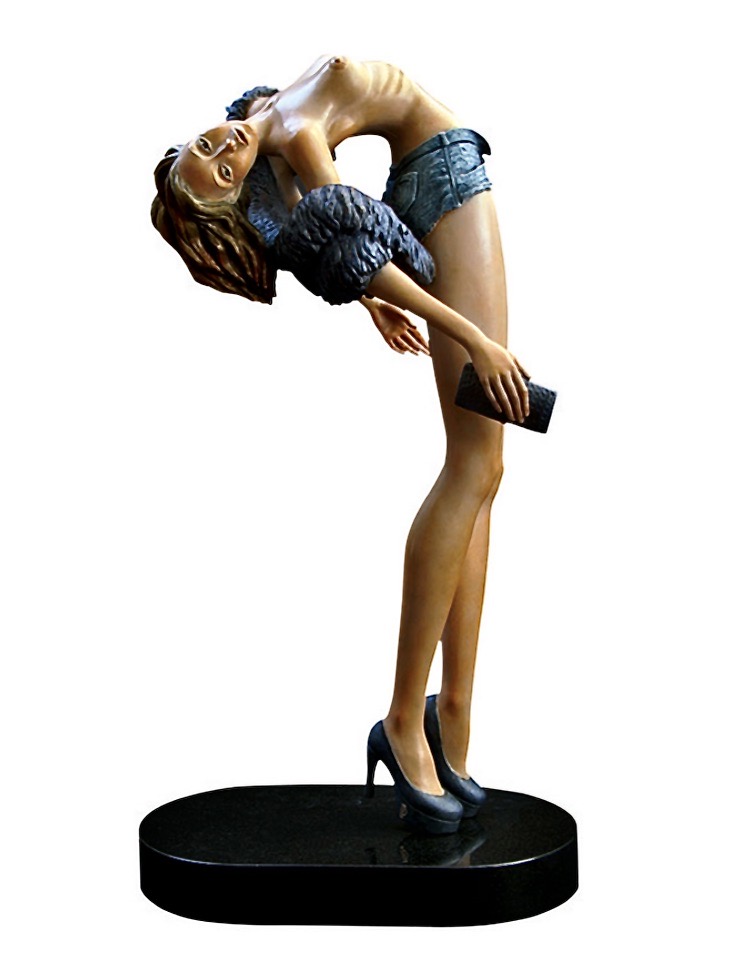
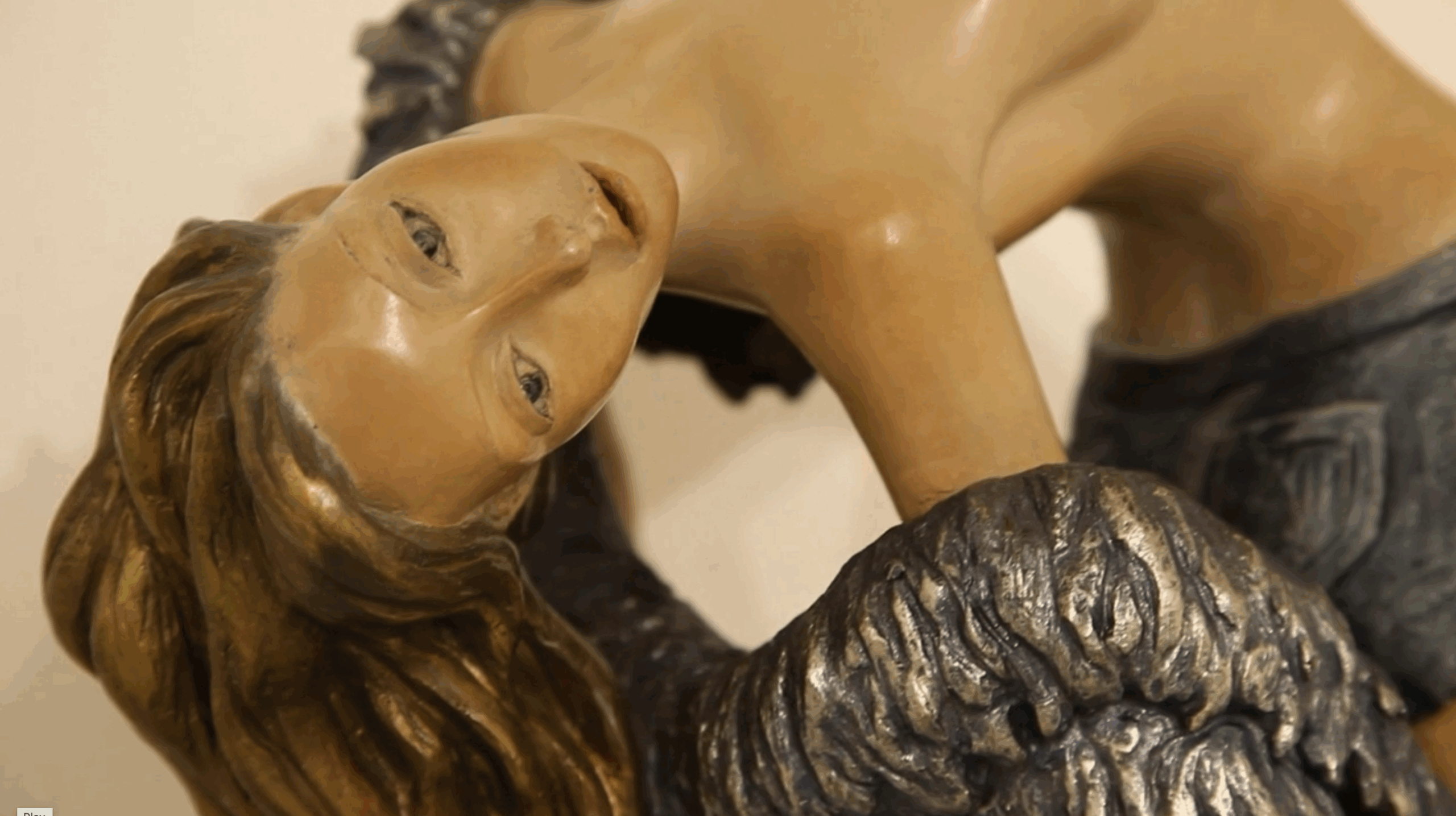
Although currently living in Los Angeles, Irina was born and raised in Baku, the capital of Azerbaijan, spending the summer vacations in Moscow at her uncle’s house, describing a bohemian community full of artists and scientists. “It was like a community for great people. Every other house were very famous people.” Her mother’s uncle was a professor, she tells me, and head of the University of Philosophy. She describes sitting in whilst he was being painted by a prominent artist, “I loved that, and I asked him to give me a couple of lessons”. She recalls being very young as she still wasn’t attending school. That’s how it started for the young art student. “I started to paint, I was painting everything that I could see at that time”. After graduating from school in Baku, where she met her husband, describing her old hometown “It’s a beautiful city on the Caspian Sea, very international,” and then she got married right after school aged 18, and moved to Moscow, “Because my husband was studying at Moscow University”. Irina and I discuss the notion about her desire to become an artist as a career choice whilst she was still in education, the idea was frowned upon by her family, she explains referencing part of a Russian proverb the hungry artist. “They thought it was like a hobby, and more importantly, to have a profession,” she explains. They wanted her to focus on being a wife and mother rather than being an artist. I asked Irina if her husband knew of her passion for art, “Yeah, everybody knew. It wasn’t a secret”. When they moved to Moscow, they both studied, Irina studying business and had two children.
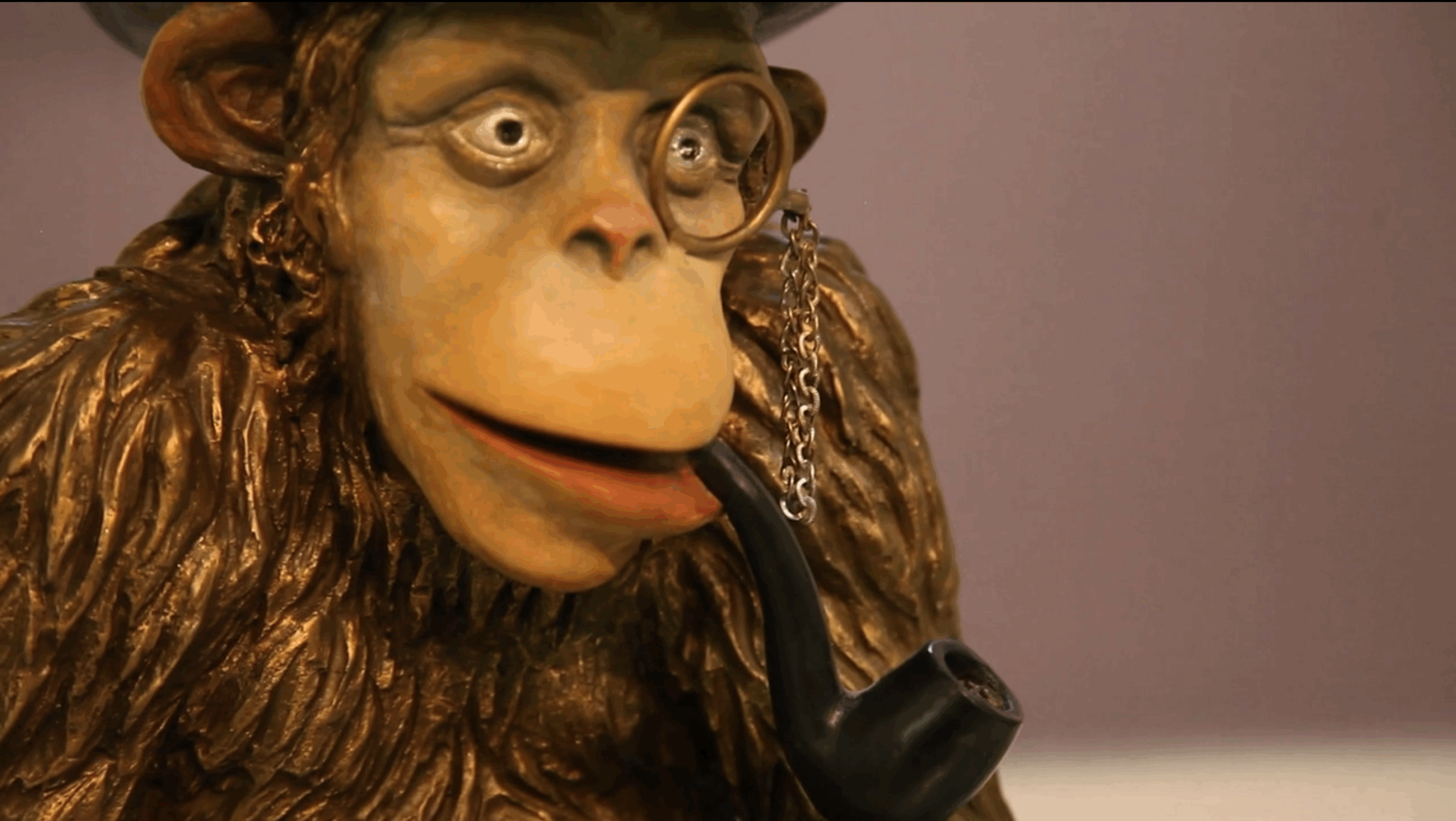
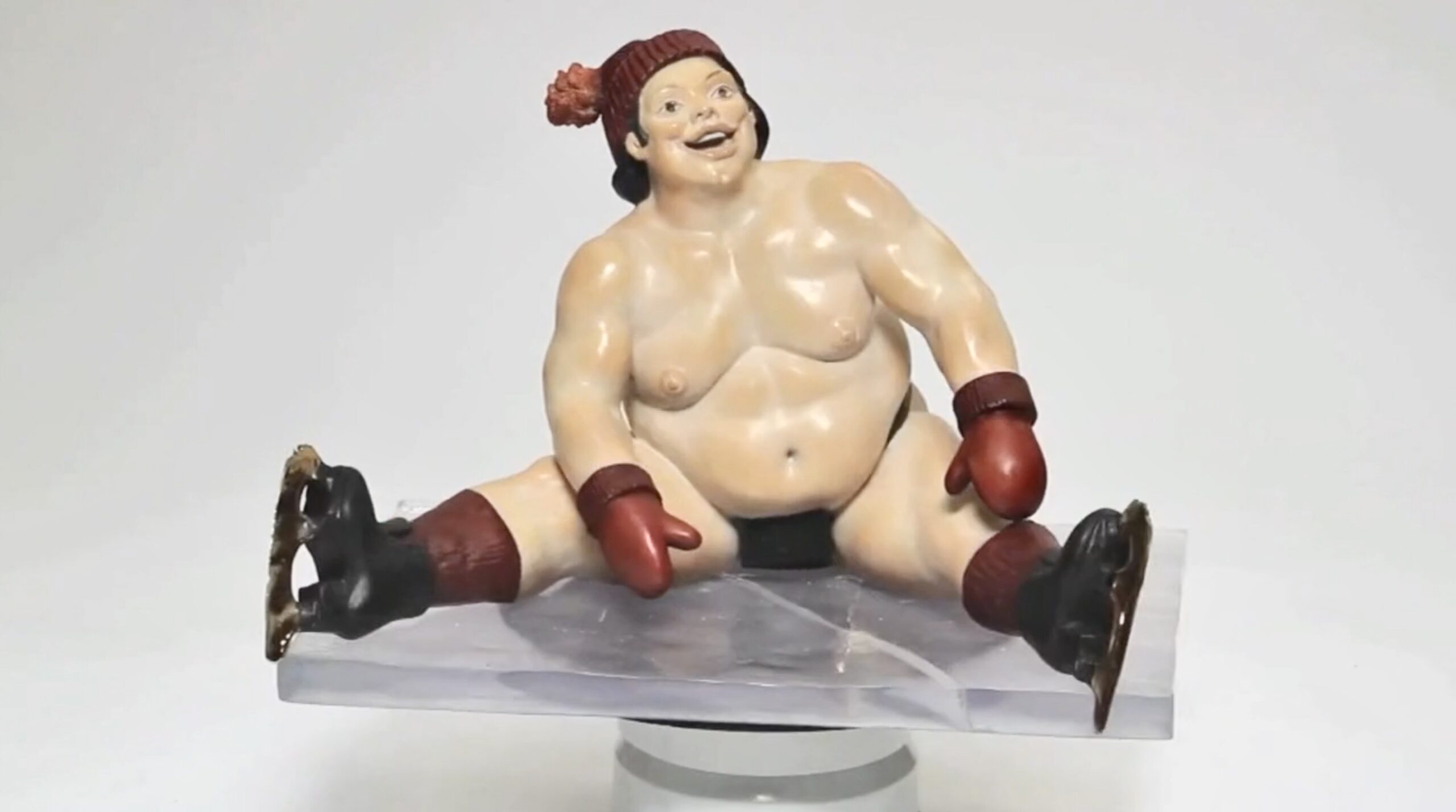
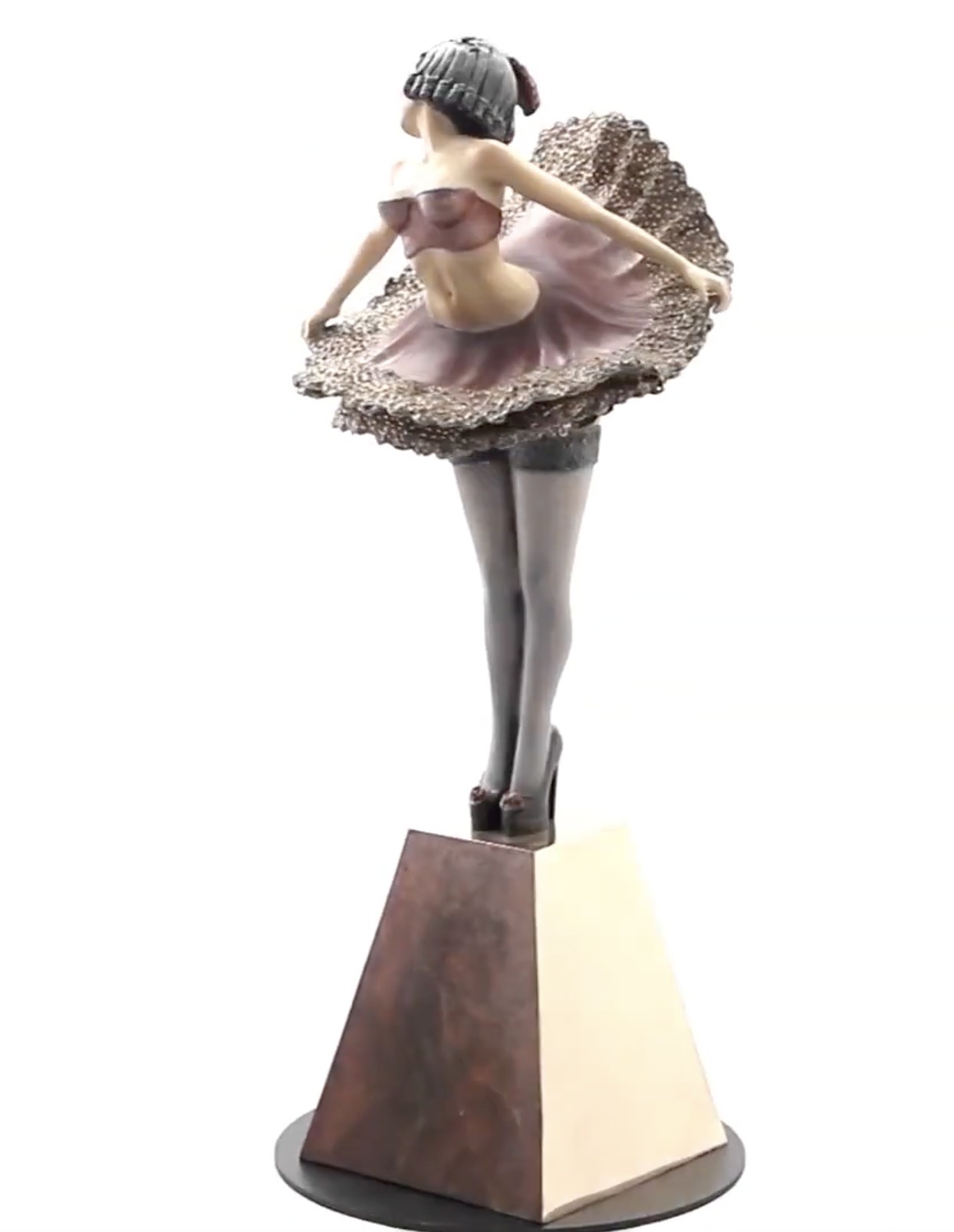
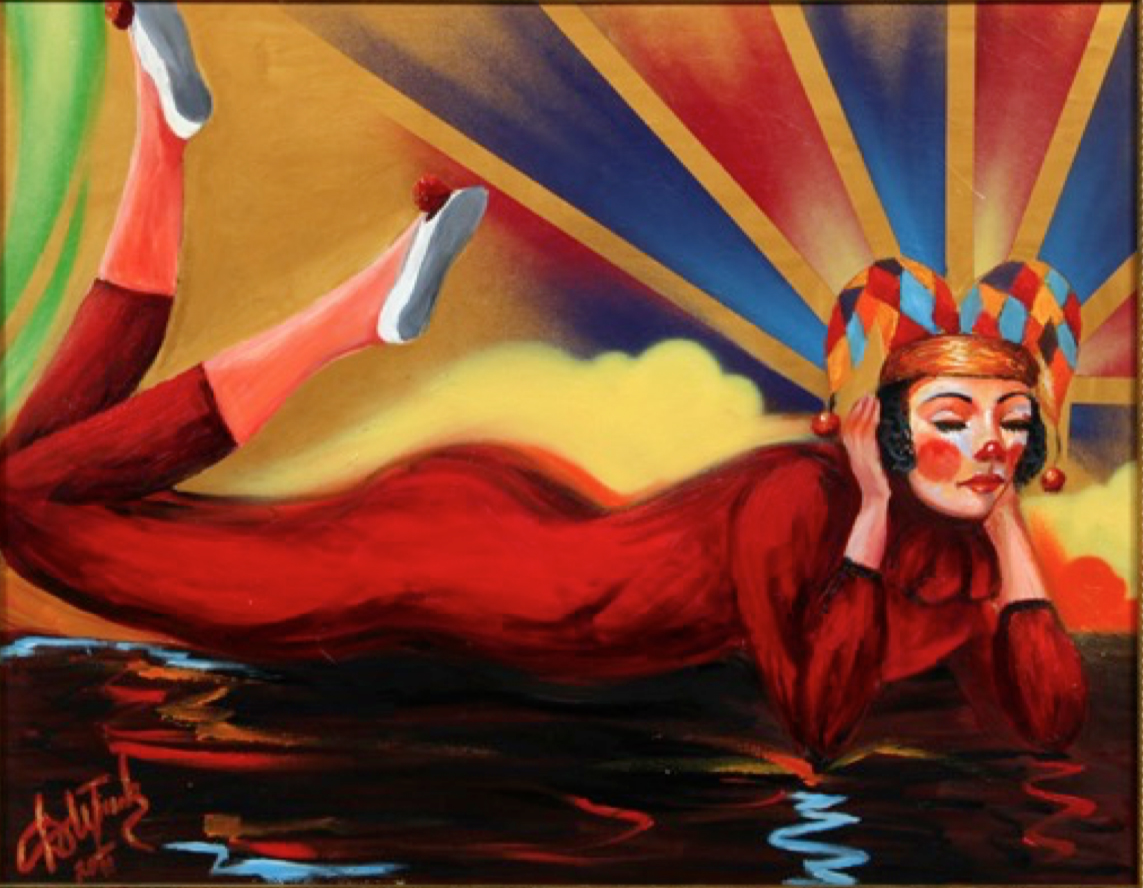
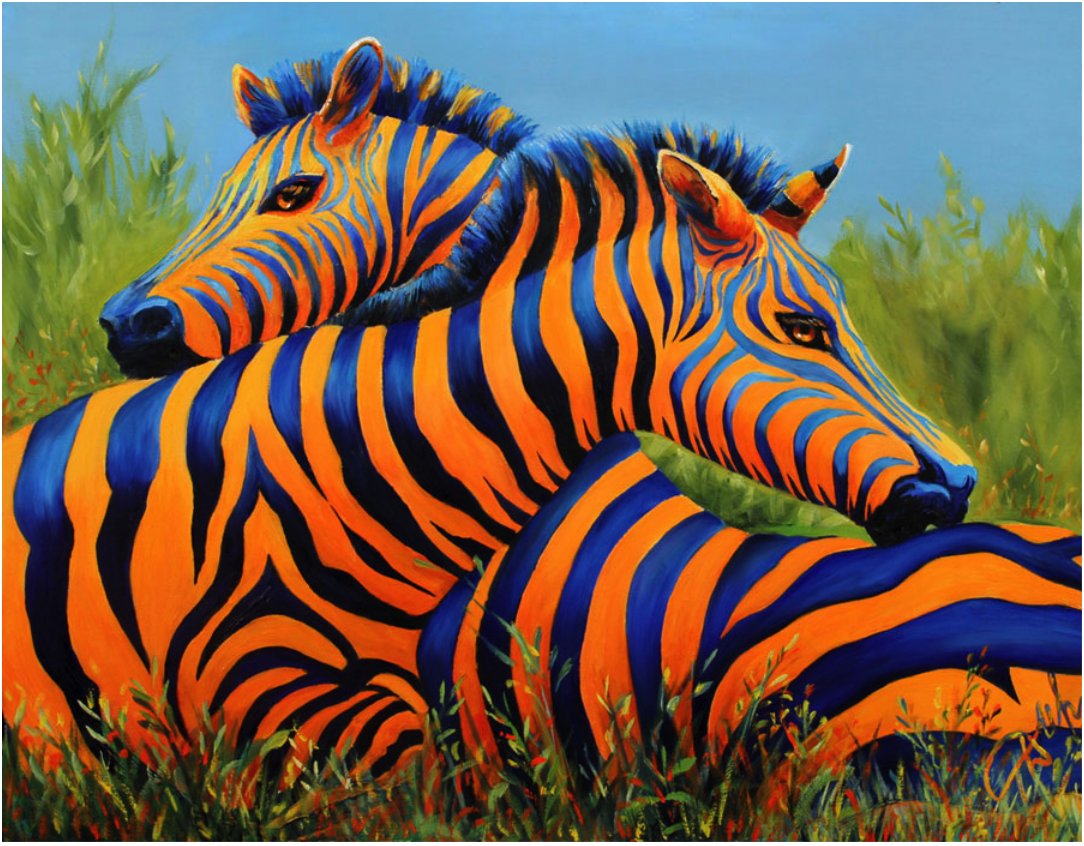
It was a very difficult time, Irina explains, because she was by herself, “With no relatives who could help me, and I was very young, actually”. She concentrated on raising her children, “And, you know, just to be a wife and mother. And we lived in Moscow for 13 years, and in 1992, we moved to America, to Los Angeles”. Irina describes why they had to emigrate to the US, “I will tell you, because we are Christian and in Azerbaijan, there was a big war between Muslims and Armenian Christians,” Irina exclaims. Looking up the history, it was when the Soviet Union began to collapse in the late 1980s, ethnic Armenians in the region sought to transfer the Russian region from Azerbaijan to Armenia. “I think it was 1988, and also my family, my husband’s family, they lived in Baku, and that was a very bad time when we were just praying for them to be able to run away from that place. There was a very bad situation. It was war, and the Russian soldiers were helping Armenians to run away”. Irina describes how they were assisted to escape on planes and boats. Her family escaped to Moscow, her sister, with her husband, and their two children.” They were refugees. They left everything over there”. She describes how they had to start all over, the American Embassy, offering them refugee status and the opportunity to move them to the US. “They left their business, they left their houses, everything. We don’t even have a picture from my childhood”. After receiving all the paperwork they were settled in Los Angeles, October 1992. Irina was 31, “We came here and, you know, like a new place, new life, and kids went to school, it was a little difficult because English is not our language, and we started start to learn the language, and to adapt this the new life” she explains.
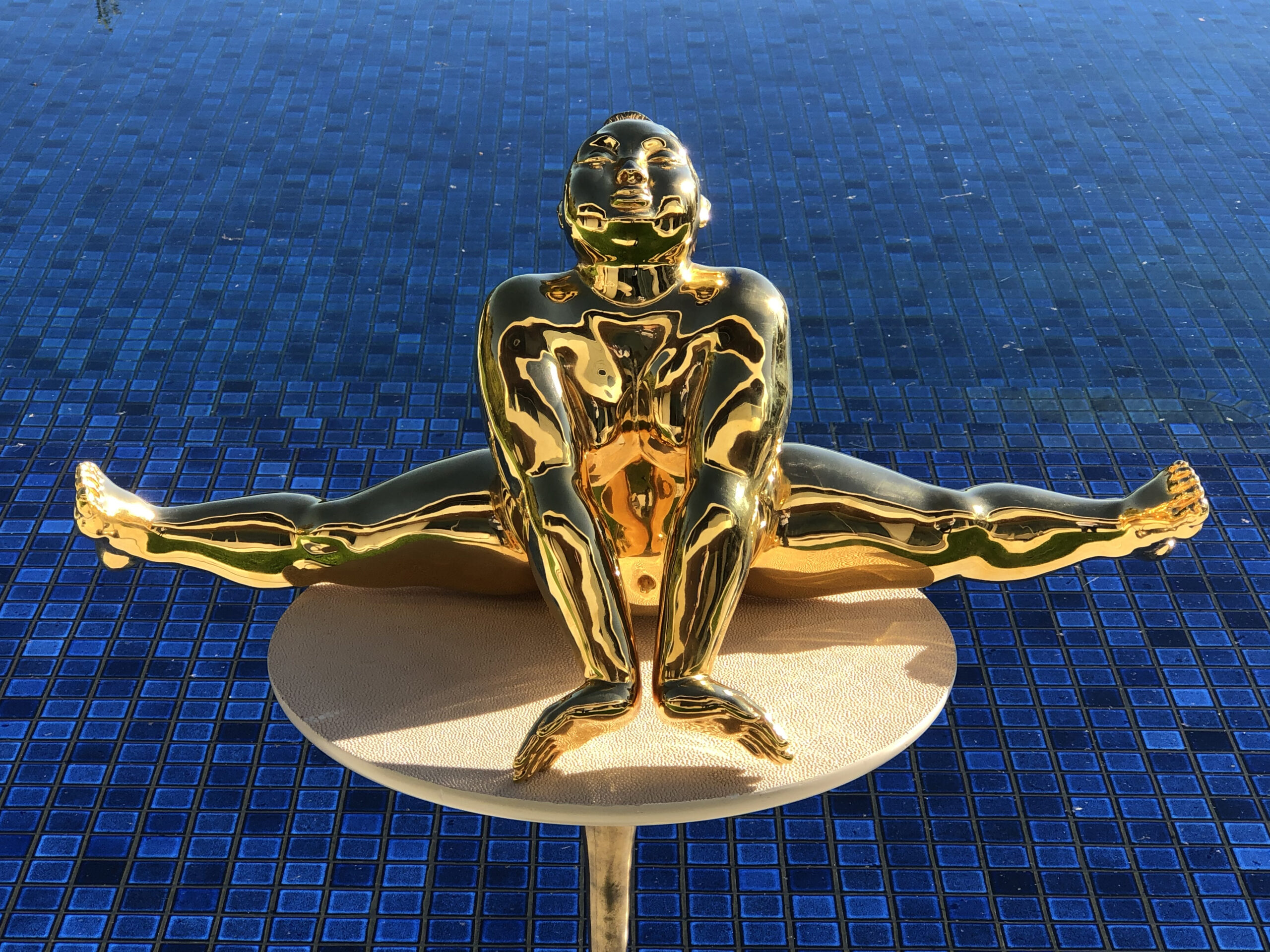
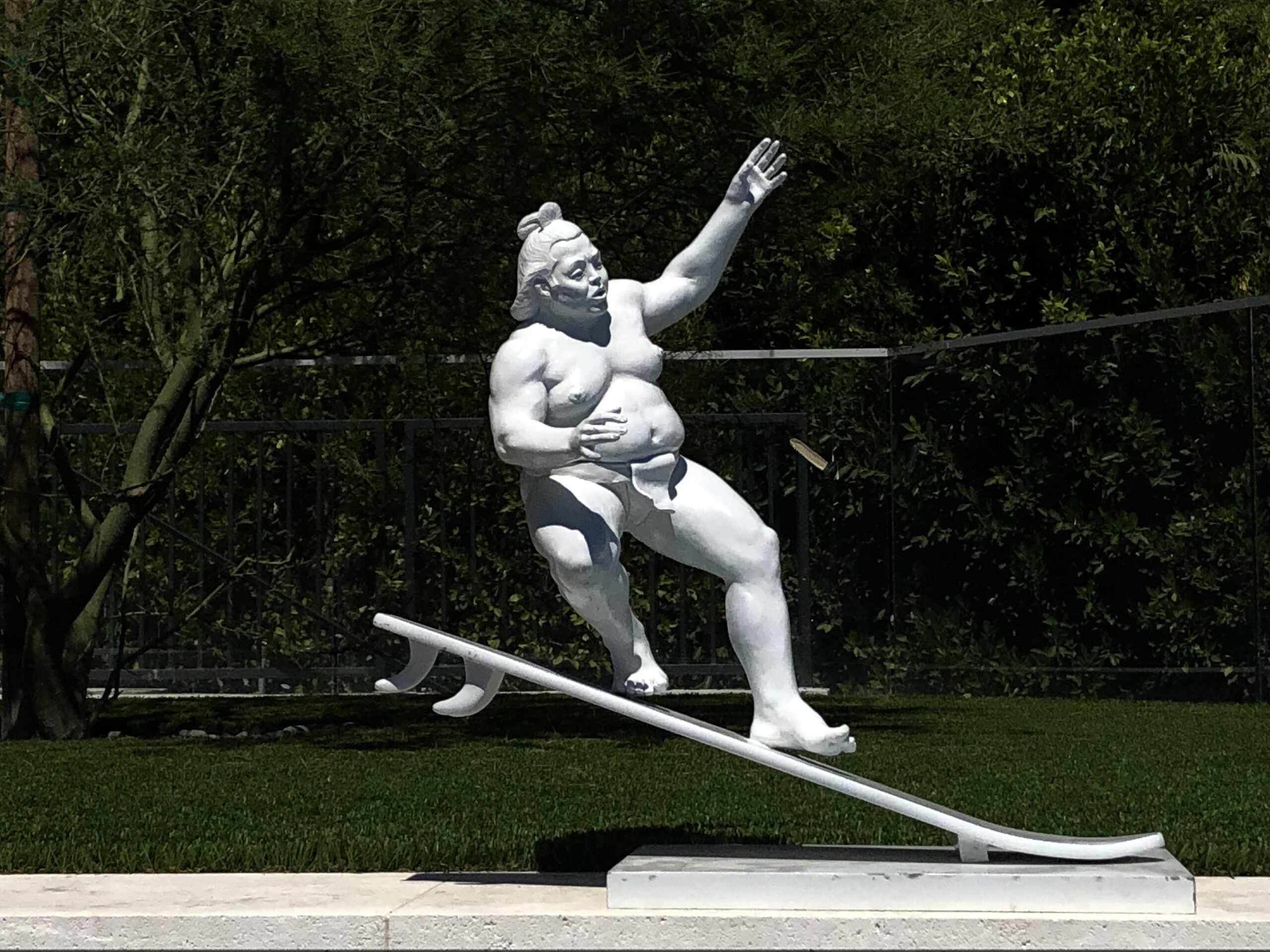
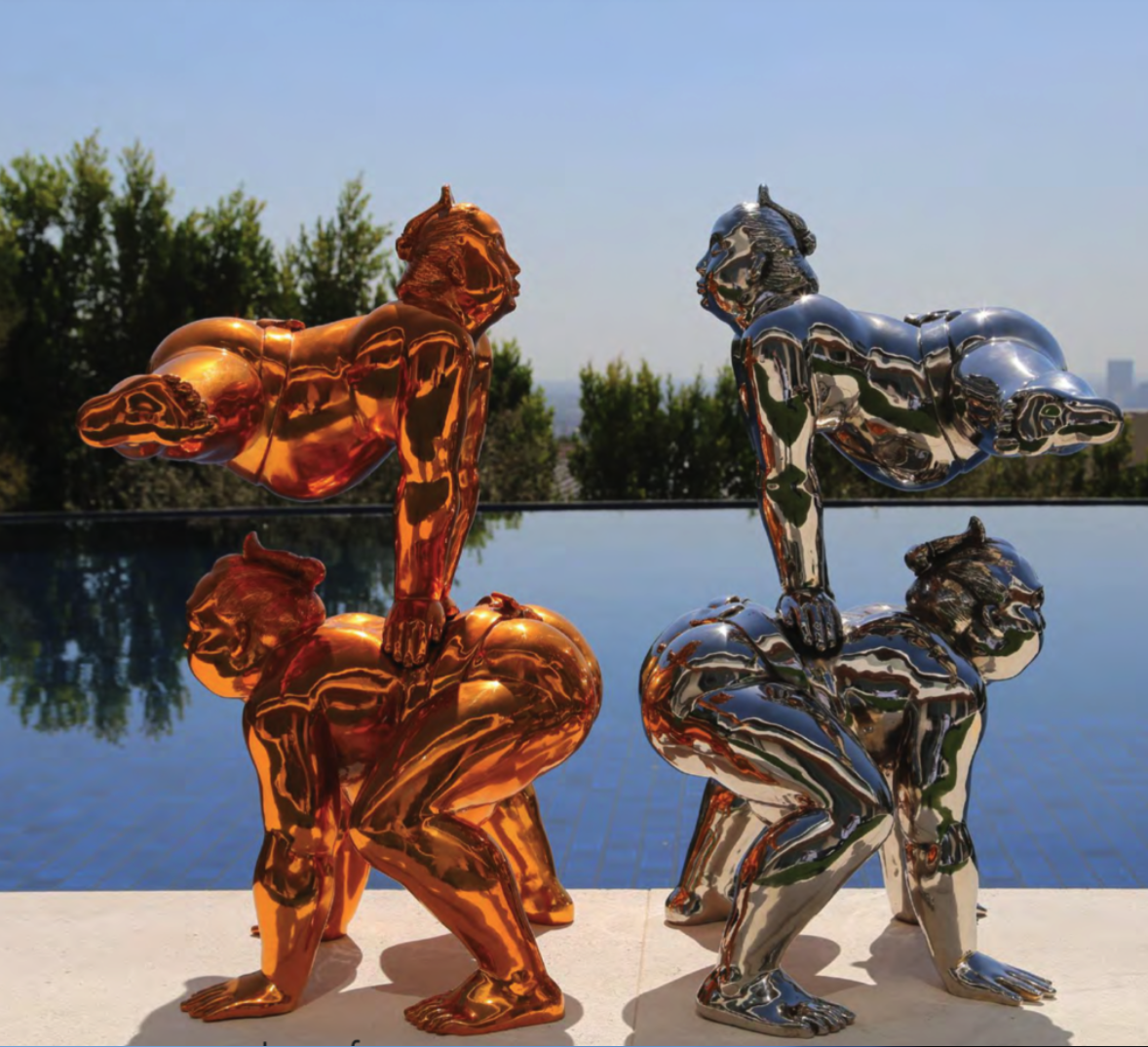
As we delve into her ideas and career, she talks about how she discovered sculpture when she joined figurative sculpture classes in Los Angeles. This is when Irina embarked on what she had dreamt of, all her life, to be an artist, and she joined a friend’s art classes, describing attending her first class as mad and funny, a naked man walking around with a white seat on his shoulder, whilst everyone was having coffee and discussing ideas, and she realised there can be male models too. “I didn’t want to leave class,” as she describes her excellent tutor, and she was invited to more sculptor tutorials. Irina had found her calling; she explains how she couldn’t break away from her classes, attending five days a week, and would spend many more hours nurturing her skill. She recalls how it felt working with her hands, her classes that started at 10 to finish at 2, and she would still be there at 5 . Then, rushing back home to cook dinner for her family, “I was bringing my work home on Saturdays and Sundays. I was so excited and working, like, you know, when you finally get what you want, you do what you want, and there’s nothing that can stop you from that!” Two years later, a different tutor suggested, Irina should start exhibiting her work. She began to send pieces to galleries and the Artist’s Association. “Winning the third-place award the first time I entered. It was very important for me, I was proud, you know, they give you this paper, the prize!” she exclaims. “There was, some money too”. After a while, she started to do her own solo shows. Since then, she has had 19 shows, including international shows. “Now I work with two different galleries in LA and one in Bergamon Station. It’s a place where we have like 15 or 20 galleries.” A highlight was her show in Russia, “The most prestigious school in Moscow,” they brought all the students to see her Sumos and girls, visiting every day, sketching, and talking about her art. “You know, it made me happy, people like the professor in art bringing his students to show my art. It’s a big deal for me”.
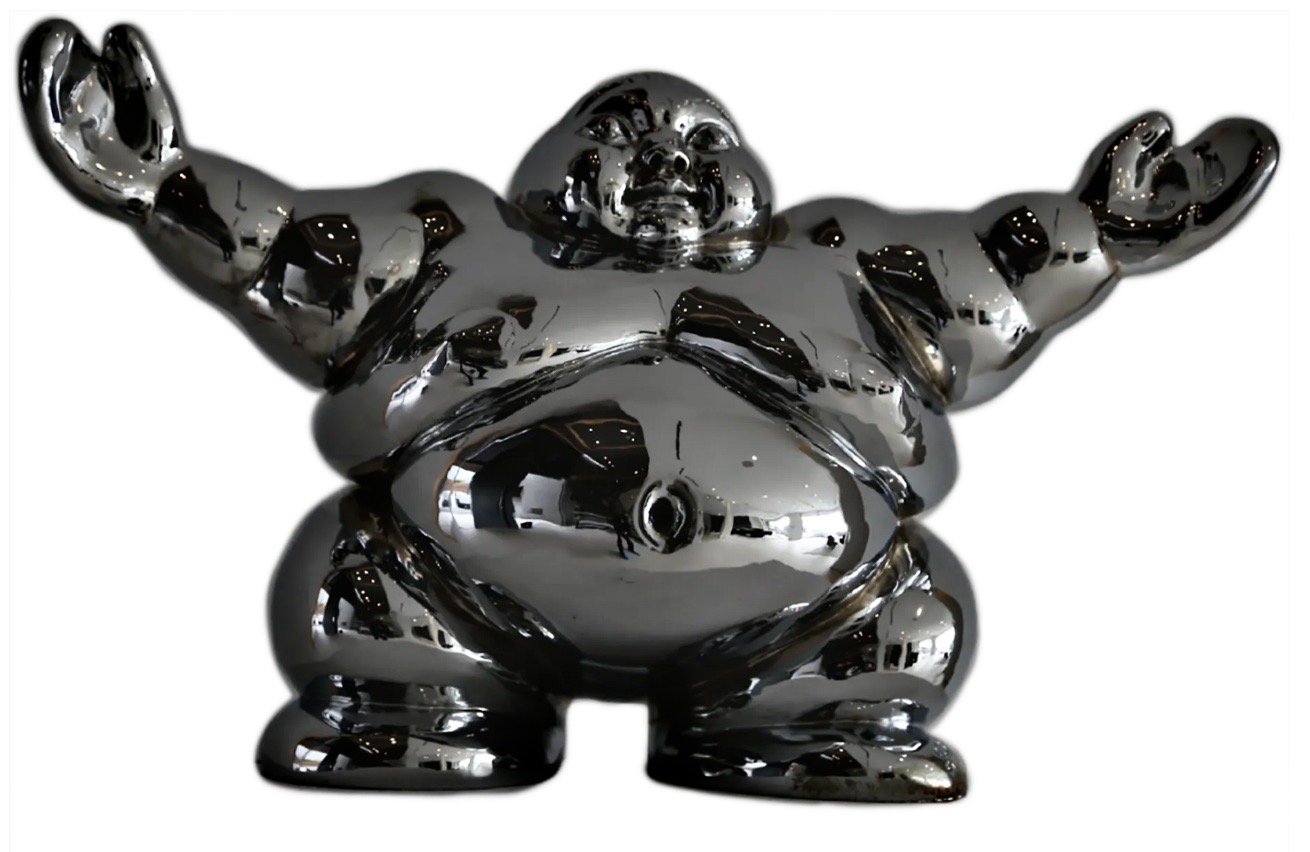
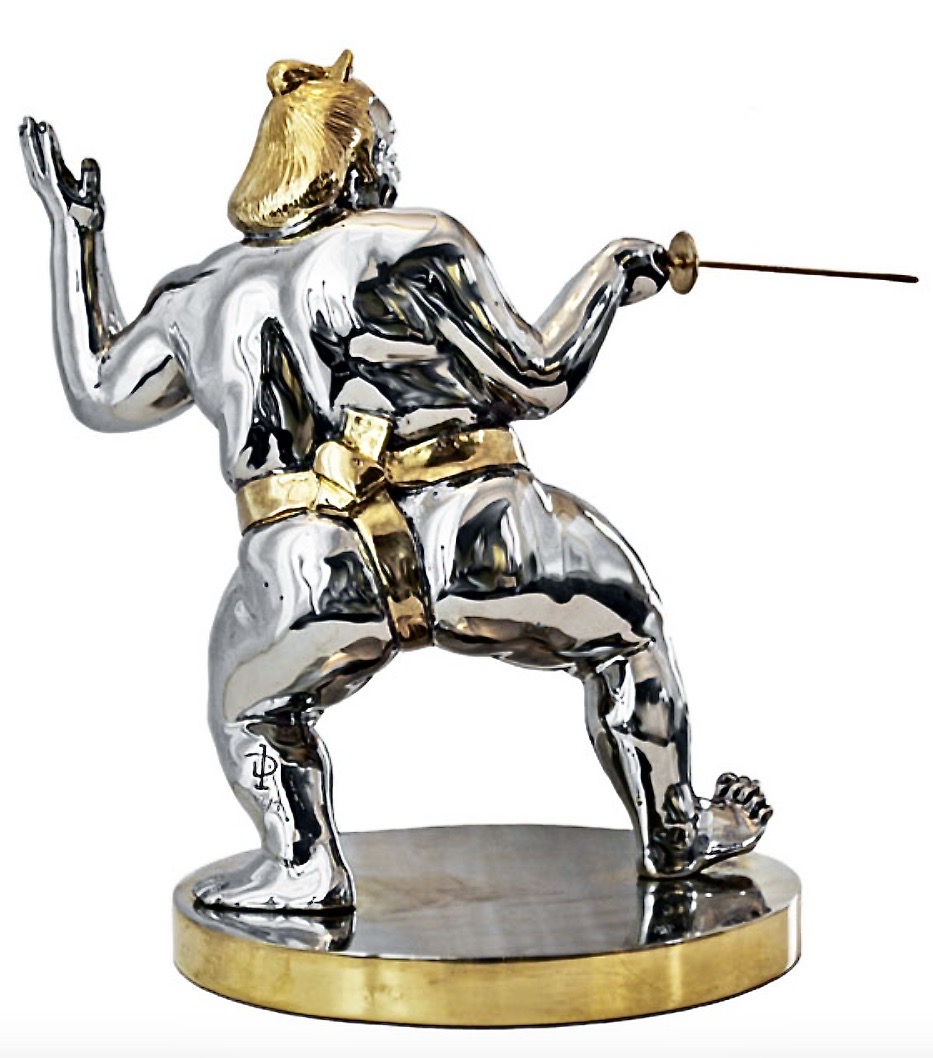
Irina talks to me about the human form, and her first series of sculptures of women, partly clothed or naked, sometimes in an intimate embrace. She discusses the nuances of the critics who would react to the nudity. Irina describes the details of creating a mould and how she first learnt sculpture, and she would shed light on the naked person modelling in the life modelling classes, and the magnificence of the veins and muscles of the human form, and not layering her sculptures with clothing, not to upset the critics, instead to keep to her core. She references an artwork of a couple hugging, but because they are naked, she doesn’t see any offence; rather, it is just showing the human body. “Everybody said, oh, it looks like they’re having sex, but you don’t see anything because they are hugging each other. And I was thinking of dressing them up. But you know, when you work all these hours and months on the body, making all these little muscles and everything, you don’t feel like you want to cover them with, like, layers of the clays to show their dress for work” Irina exclaims, “I’m just showing the human body, that’s all”. There was another one, the bunny girl, the little rabbit, “I made her look like a bunny girl”, that piece actually was on the magazine cover of Mexican Playboy, including an article abut the artist.
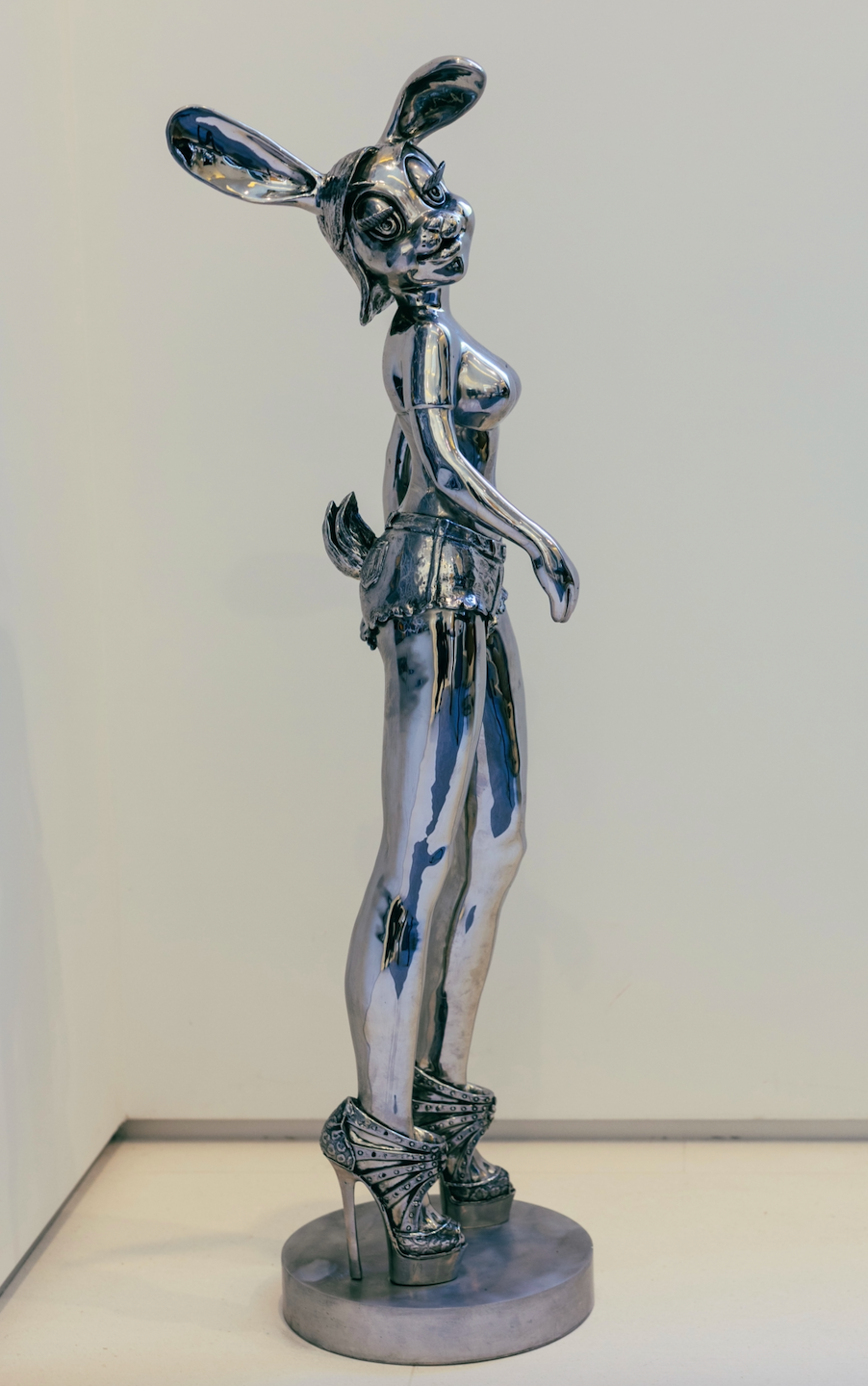
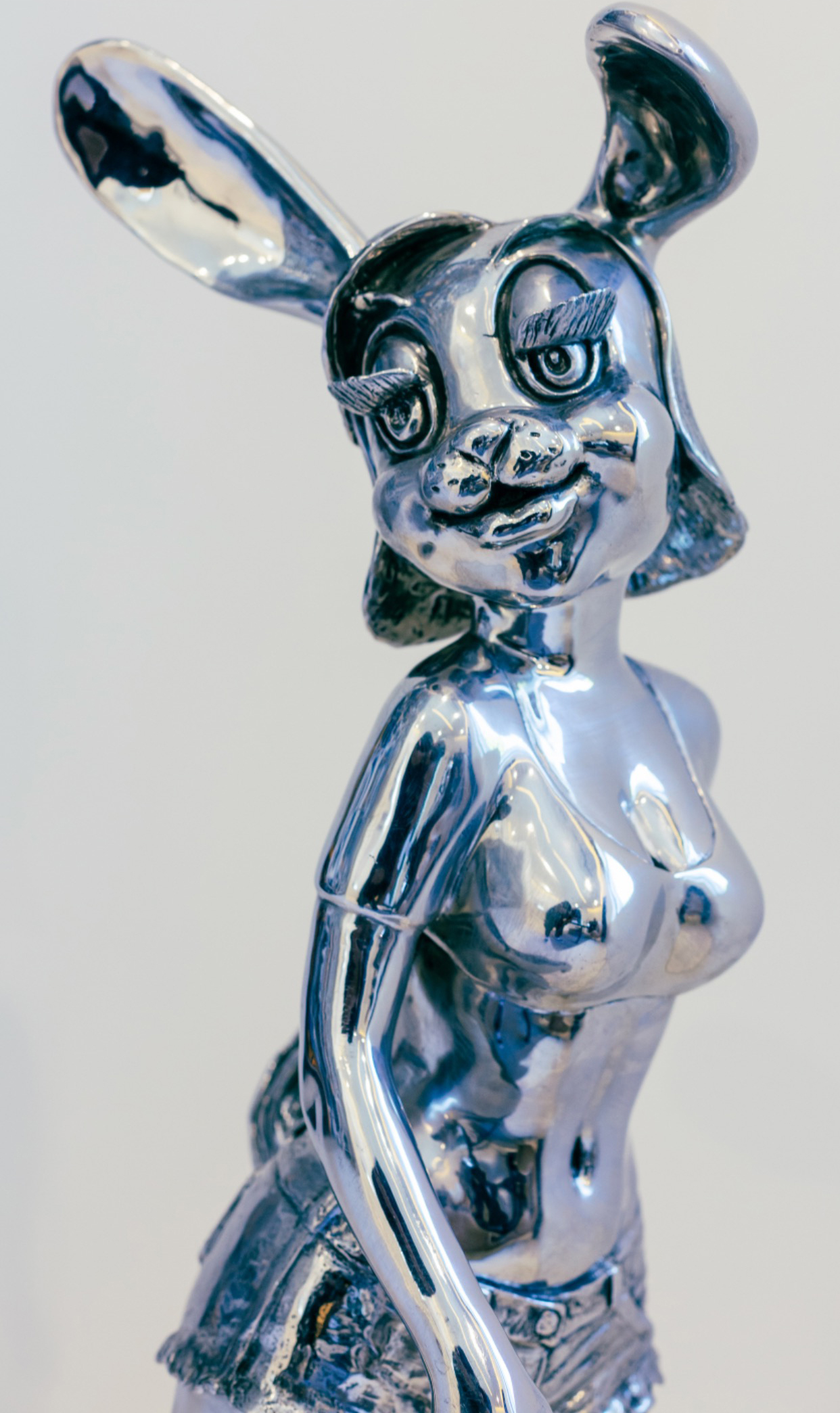
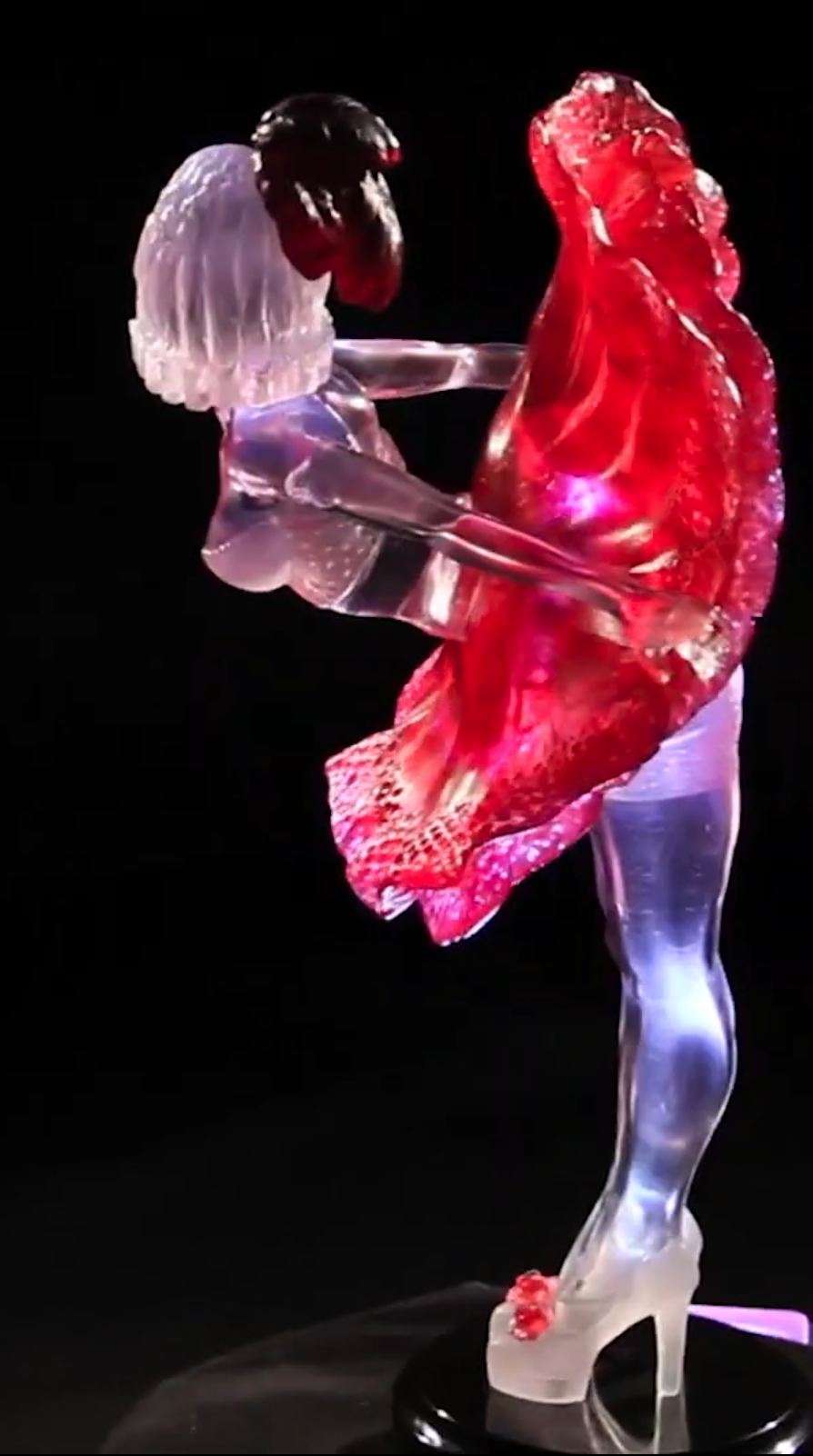
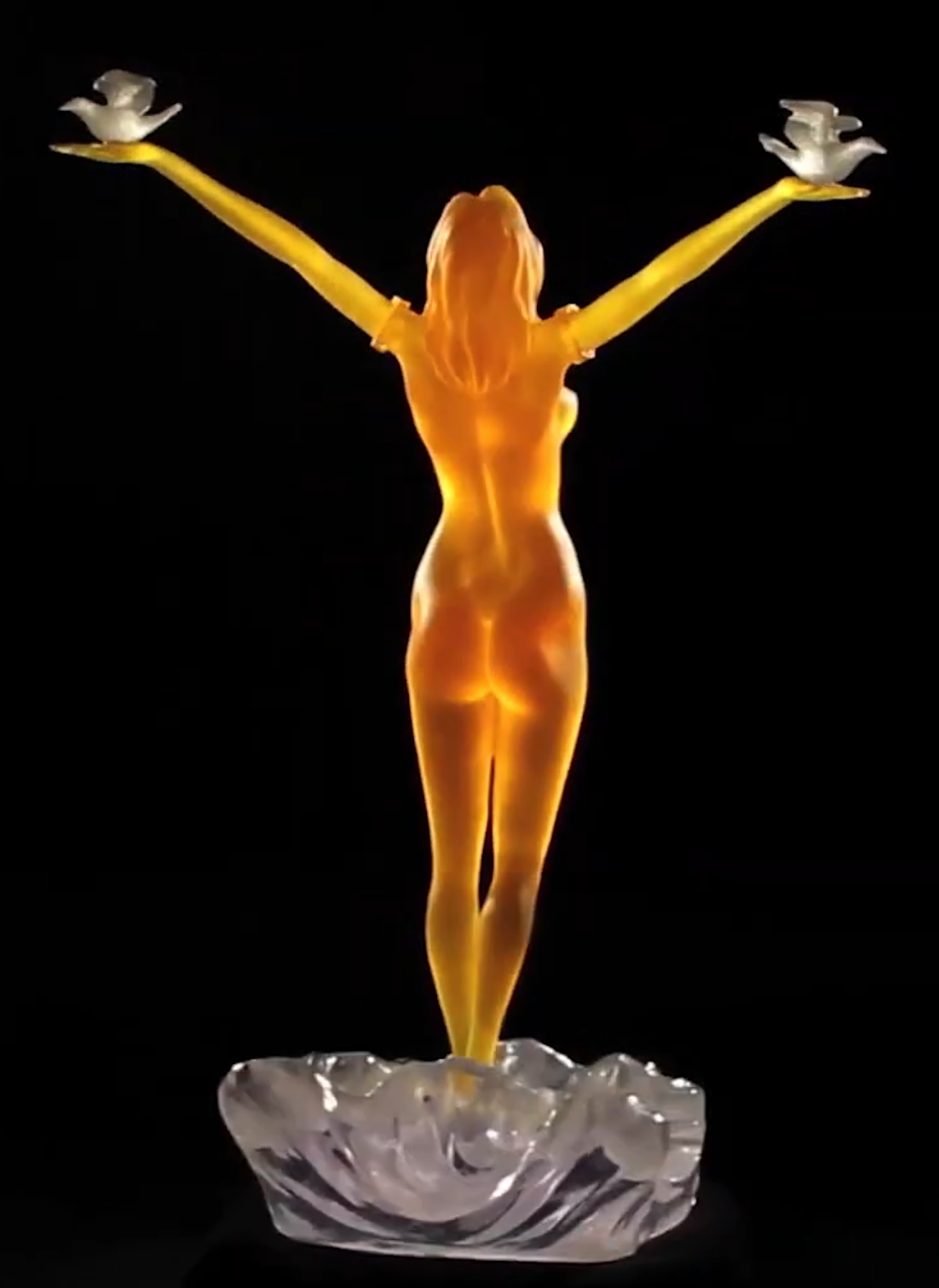
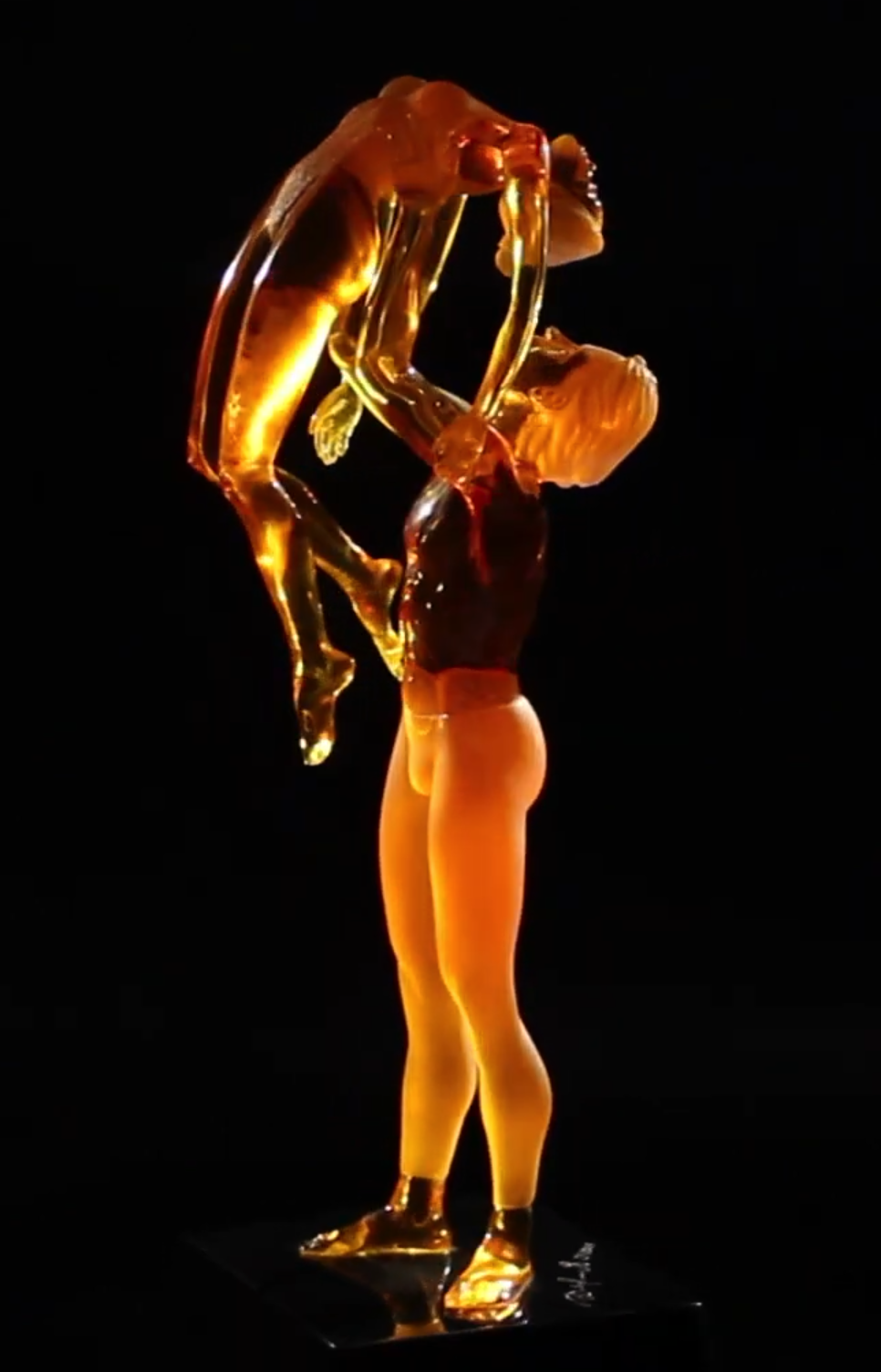
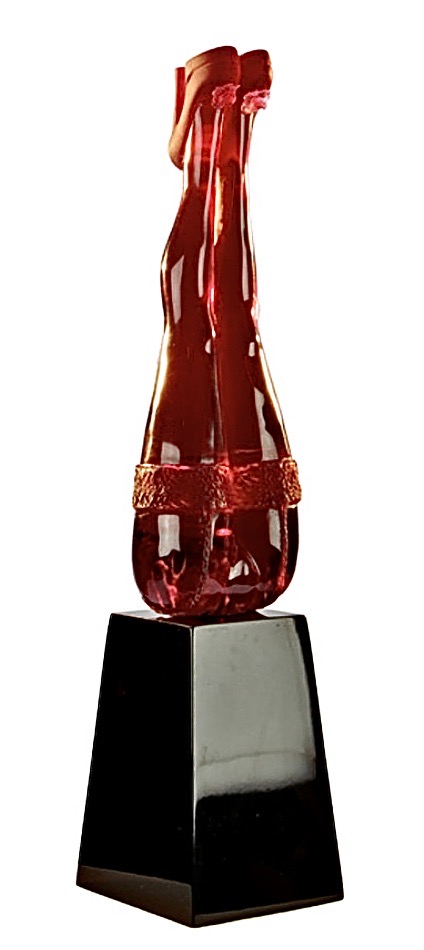
Irina’s next project is working with fibreglass, the material makes her sculptures lighter. Her current sculpture of the sumo diver weighs around 100 pounds, and in fibreglass it can weigh around seven pounds and can be painted in any colour, and can be hung on a ceiling or the wall. She wants to create them bigger, up to six feet. She plans to have the diver on a fountain or a waterfall so they appear to be diving down. “So I have so many, I cannot imagine. I’m so happy that, you know, it is keeping me all so busy and you don’t need to think about all the craziness around”. As we close our interview, I ask who her favourite artists are, ” Renoir all my life, and of course, Leonardo, how he does the human form.”She then mentions Monet, and how she visited his home in France. If she could own any artwork, what would it be? “I love the Mona Lisa very much. You can stay in front of that painting all day”.
Interview: Antoinette Haselhorst
